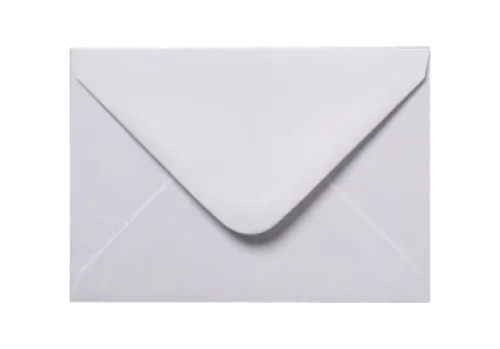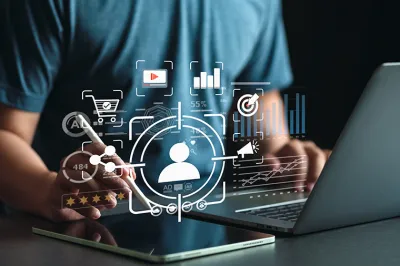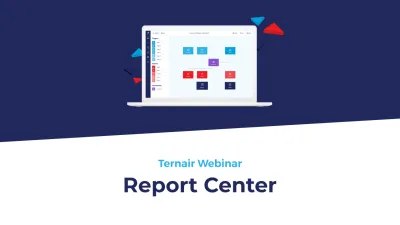(Email) personalization, how does it work?

For: marketers and data specialists
Read Time: 5 minutes
Read also: Personalization is a business case
Customers and prospects are personally addressed on topics that concern them at that moment, which increases their satisfaction. The willingness to engage with you further and further increases.In this article, we'll help you step by step to integrate (content) personalization into your marketing, so you're quickly on your way and take constructive steps that strengthen the bond with all your customers.But how do you go about it? Anyone can figure out that "Hello [first name]" is more pleasant than no salutation at all. However, calling someone by name and then pretending that all your customers need the same content at the same time is not very strong. Personalization also means knowing when to address someone. What someone needs.The first examples are easy to think of. And then it gets complicated. Because how are you going to manage that with a customer base of, say, 8,000, 80,000 or 800,000 contacts. And which channel do you choose?
How do you start?
We start simple. Pick one channel. Email. Why? Because for the vast majority of organizations, that's the most personal, proprietary, and quick-to-personalize channel that also delivers the most. Make sure you have a tool that supports more than just email, though, because later you expand quickly to other channels, as well as in functionality and data connectivity. Even with an expensive car, you have to learn to drive first, so don't try everything at once.To personalize, you need to know as many Properties, Preferences and Interests of your contacts as possible. Personal information is the basis for addressing someone in the right way. Preferences and interests say something about when and what you can talk about.Now don't immediately think "we don't have all that yet". A lot of interests and preferences can be calculated with available data or are quickly built up. Starting with a limited group is no problem at all, it gives you a control group right away.
In 7 steps on the way
STEP 1
Draw your customer journeys. There are plenty of examples online. From first to last contact. Or part of one. What steps does your prospect go through? You will see that you will slowly refine this as you go along, but start with the most obvious contact moments.
STEP 2
Fill this in with desired 'communication touchpoints'. What do you have to say at each point in that journey? At what moments can you strengthen the connection with your contact?
STEP 3
Then supplement that with data you think you need to do that. Don't limit yourself to what you have now, think broadly!
STEP 4
Following that, you can choose 2 paths: a. personalize based on common sense b. personalize based on what the data is telling you, through analysis.You may well get to this stage 2 later. Sometimes you have -in parts- too little data. But almost everyone has historical order data. And you can do more with it than you think. Segments can consist of region, days the website is visited, men or women, loyal buyers, readers, viewers or one-dayers. And all combinations of these. Recalculated daily based on ... yep, customer behavior.
STEP 5
Now you and your database or automation specialist are going to set up the campaign and your email. You'll see that data and data connectivity capabilities have more to offer than you thought beforehand. We have great examples of this on the website and in our webinar. Setting up a personalized email can be done by any marketer.
STEP 6
Only with a good, non-personalized control group will you get anywhere. That's one of the reasons to start small. And everything you've tested can later be accelerated into your workflow or organization by a factor of 5 to 10. Moreover, it stimulates everyone enormously.
STEP 7
Your last step is to build out your personalization in a focused way: a. add (content) elements and refine the personalization b. extend personalization to more parts in your customer journeyOnce you start with email personalization, you want more. After all, it's always going to get you more, because a pleasant experience for customers is a pleasant experience for you. Rather send fewer automated emails with a net higher click rate and conversion, than having to come up with a literal 'list' over and over again!
4 examples to get started
REACT on (buying) behavior
product viewed, send similar alternatives
newsletter signup, webinar, download: follow them up with onboarding emails
historic purchases, follow them up with additional appropriate complements
Give personalized discount
give a discount or gift tied to a specific characteristic of your contact. It creates a unique experience
Tell user stories
create different stories for each touchpoint in the journey. Nothing is more enjoyable than reading about your specific situation. Think of the "searcher," the one-time customer, the loyal reader or visitor, the bulk consumer, the older customer, etcetera. Build this up as you go.
FIRM your connection
Fill "empty periods" with updates. Simple, short reminders with a personal touch have a lot of impact. We haven't forgotten about you. Share trivia and statistics, "you've been with us for 3 years."
Discover Ternair
Start email personalization today
When you work with Ternair, the data and the tool are there for you. Personalization is creating value by investing in customer knowledge.



